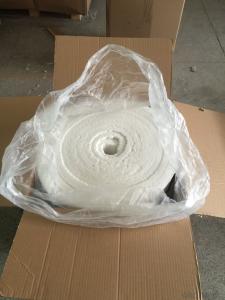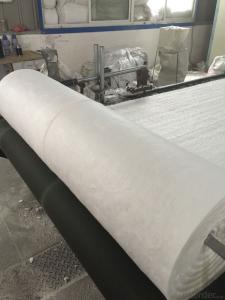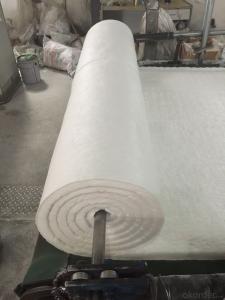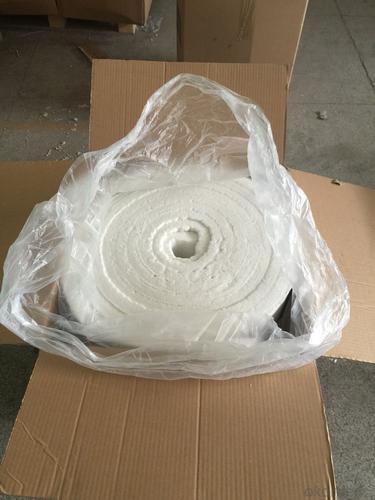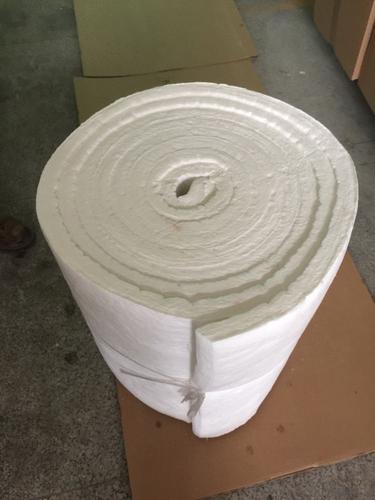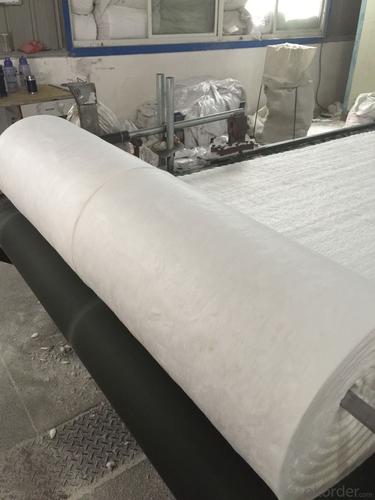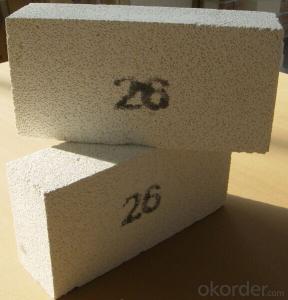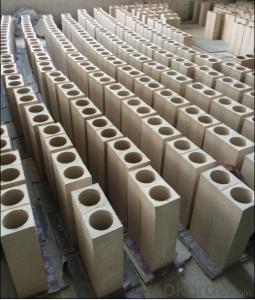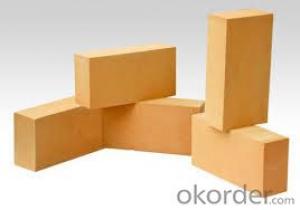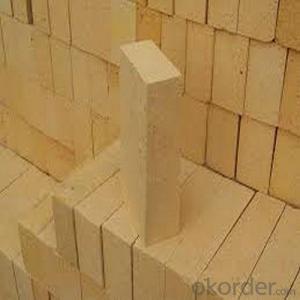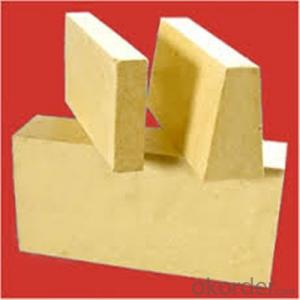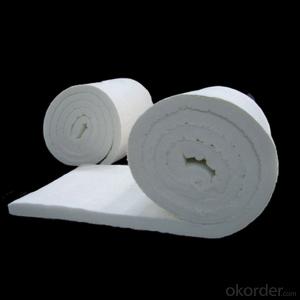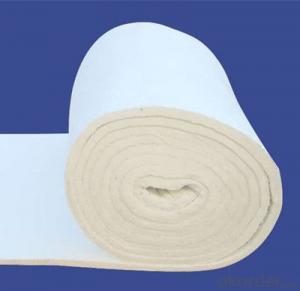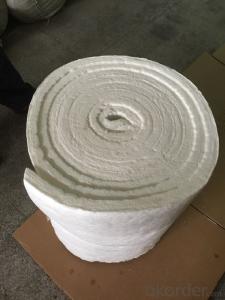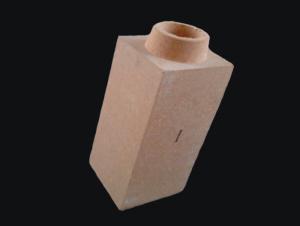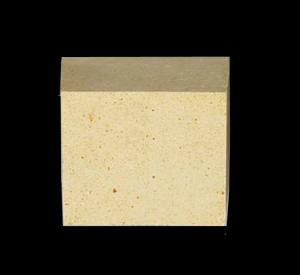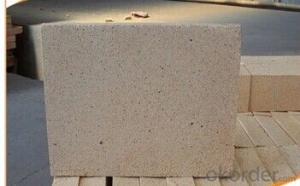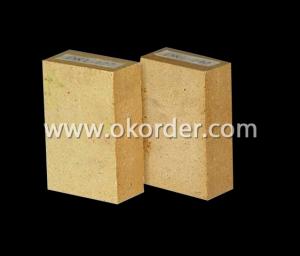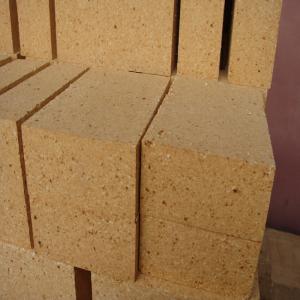Fireclay Brick Ceramic Fiber Blanket Insulating Materials
- Loading Port:
- Qingdao
- Payment Terms:
- TT OR LC
- Min Order Qty:
- 225 roll
- Supply Capability:
- 31500 roll/month
OKorder Service Pledge
OKorder Financial Service
You Might Also Like
General information:
Cmax ceramic fiber blanket is made from high quality gao-ling clay, high purity alumina and silica oxides by spun or blown process. It is asbestos free. No chemical binder is added. Double-size needling provides blanket with great tensile or handling strength for easy installation. Blankets are available in various classified temperature from 1260ºC to 1430ºC.
Advantages:
Heat reflectance
Light weight
Low thermal conductivity
Low heat storage
Flexible
Resilient to thermal stock
High tensile strength
Corrosion resistance
Easy to install
Asbestos free
Application:
Petrochemical process heater refractory fiber lining
Heat treating furnace or intermittent (shuttle) kiln hot face lining
General furnace backup insulation
Heat seals for kiln car or furnace door
Electrical insulator
High temperature acoustic
Fire protection
Non-standard sizes are available upon request.
This information, subject to change, is offered solely for your consideration. Users of our products should make their own tests to determine the suitability of each product for their particular purposes.
| TECHNIQUE DATA | |||||||
| STD | HP | HA | HZ | ||||
| CLASSIFICATION TEMPERATURE(C) | 1260 | 1260 | 1350 | 1450 | |||
| WORKING TEMPERATURE(C) | 1000 | 1050 | 1200 | 1350 | |||
| COLOR | WHITE | WHITE | WHITE | WHITE | |||
| BULK DENSITY(kg/m 3 ) | 96/128 | 96/128 | 96/128 | 96/129 | |||
| THERMAL SHRINKAGE 24HRS (Density 128kg/m 3 ) | ≤ 3 | ≤ 3 | ≤ 3.5 | ≤ 3.5 | |||
| THERMAL CONDUCTIVITY(W/m. k) (Density 128kg/m3 ) | |||||||
| 800C | 0.15 | 0.176 | 0.160 | 0.155 | |||
| 1000C | 0.170 | 0.220 | 0.180 | 0.230 | |||
| 1200C | - | - | 0.260 | 0.31 | |||
| CHEMICAL COMPOSITION(%) | |||||||
| Al2O3 | 45-46 | 45-46 | 53-55 | 38-54 | |||
| SiO2+Al2O3 | 98.5 | 99 | 99 | 82-90 | |||
| ZrO2 | - | - | - | 13-18 | |||
| Fe2O3 | ≤ 0.4 | ≤ 0.3 | ≤ 0.3 | ≤ 0.3 | |||
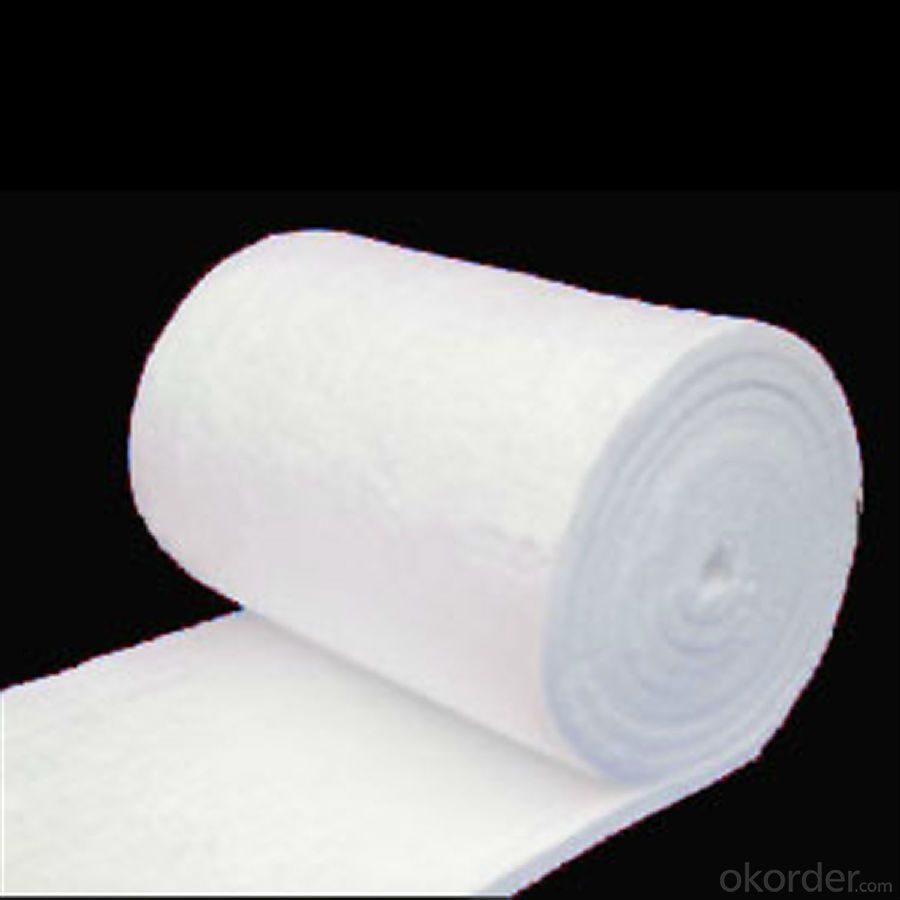
- Q: Solid brick and clay brick which is expensive
- Red brick generally refers to sintered clay bricks. Generally divided into standard brick (Shi Xinzhuan), porous brick (KP brick), hollow brick (KM brick) and so on.
- Q: What types of refractory bricks are divided into?
- The flue has fireproofing time requirements, very expensive, I just know this in my project, using a special refractory brick and fireproof plaster
- Q: What is the advantage for ceramic fiber material compared with refractory brick?
- Heat capacity; excellent thermal shock resistance, good chemical stability, bearing sudden cooling and heating, without oven heating and cooling ,high speed, energy saving, is 1/8 of refractory brick, construction is simple. ceramic fiber materials and refractory brick belong to refractory insulation materials; low thermal conductivity: Low bulk density, ceramic fiber material is a new type of lightweight thermal insulation material, is one of the 10 points of lightweight refractory brick,
- Q: What refractory mortar is better if masonrying 4 meters height and 114 mm width of refractory brick
- The selection of refractory mud should keep the principle of homogeneous phase with refractory bricks, that is to maintain the same material, according to the suitable temperature, choose appropriate binding agent compensation measuring forging Yao tic surprised boxing super man (phosphate, sodium silicate, or other organic combination), composite high performance admixture, it can be combined better in high temperature.
- Q: How to wipe off the white paint on the refractory brick (red).
- Wallpaper knife should be ok
- Q: Red brick (solid clay brick) has been banned, why do few people know?
- The red brick of hollow brick to heavy masonry, the same thickness of the wall brick, hollow brick firing than required amount of clay to about 1/3, and the consumption of coal fired brick is fired hollow bricks to smoke, emissions are also big, serious damage to the environment.
- Q: Whether fireclay raw materials or clinker are used when masonrying general fireclay?brick? What is the difference between raw material and clinker?
- Generally, refractory bricks use clay refractory mortar, raw material and clinker are halves
- Q: Can porous clay bricks be made of 12 walls to bear weight?
- With the production of low energy consumption, convenient construction and waste utilizing, light weight, high strength, good insulation effect, durability, low shrinkage, regular appearance and other characteristics, is an ideal material to replace sintered clay brick.
Send your message to us
Fireclay Brick Ceramic Fiber Blanket Insulating Materials
- Loading Port:
- Qingdao
- Payment Terms:
- TT OR LC
- Min Order Qty:
- 225 roll
- Supply Capability:
- 31500 roll/month
OKorder Service Pledge
OKorder Financial Service
Similar products
Hot products
Hot Searches
Related keywords
